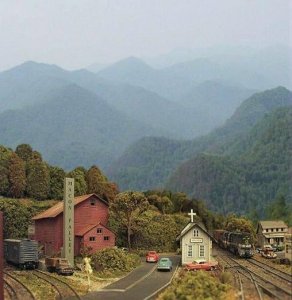Again I did a search in the forum archives and could not find specific answers to my questions, so I am once again turning to you for some basic help.
1. When soldering rails together, do you still use rail joiners before soldering?
2. What is the best way to join tracks that need to be insulated from one another?
3. Is track expansion and contraction a problem in N scale?
[/list=1]
I plan on using flex track wherever I can. I also have good soldering equipment and have a lot of soldering experience so that's not a problem. It's just that I would think rail joiners would look non-prototypical, but on the other hand, butt joints are not the best way to solder two things together either.
I am putting this in the N scale section because I can see where working with N scale track could be a little more difficult than HO.
Thanks,
Don


